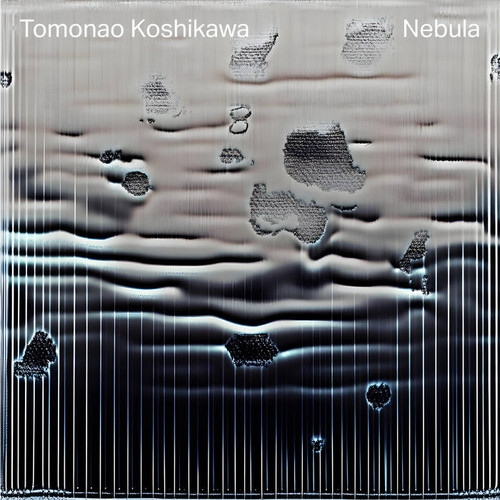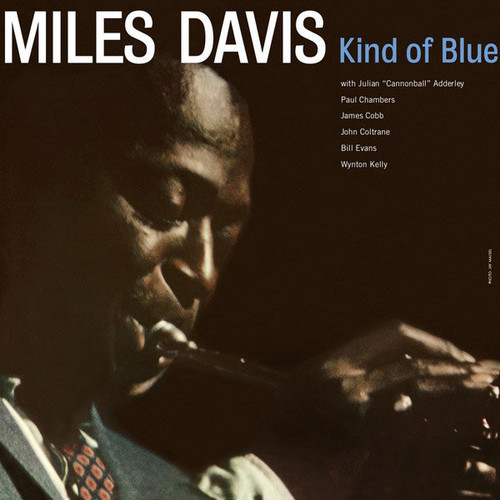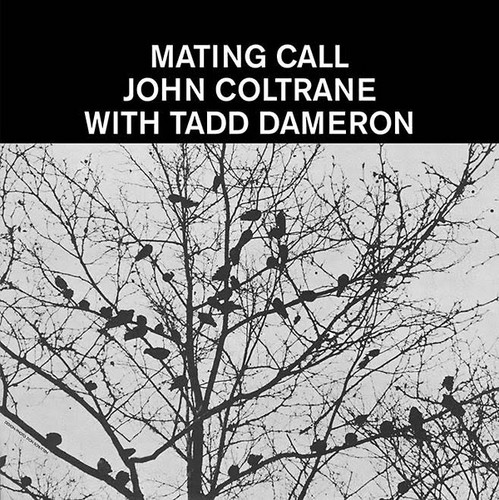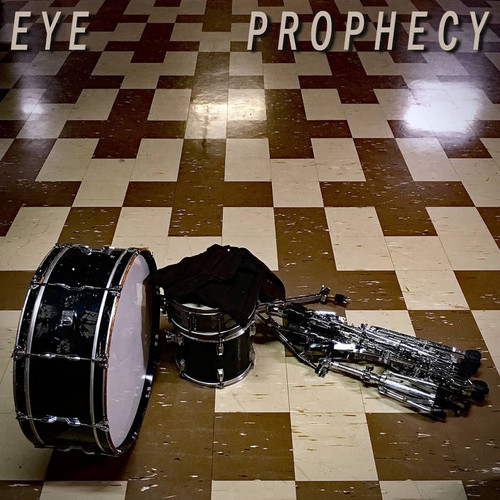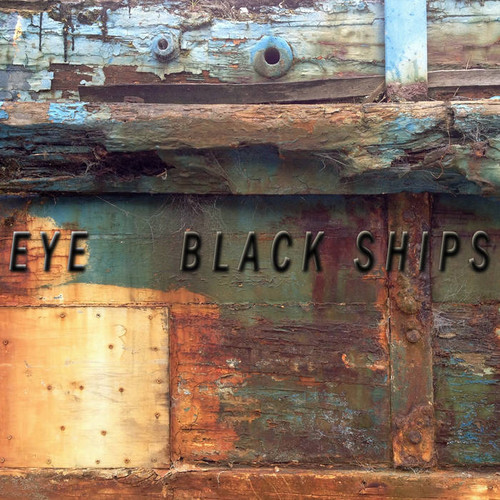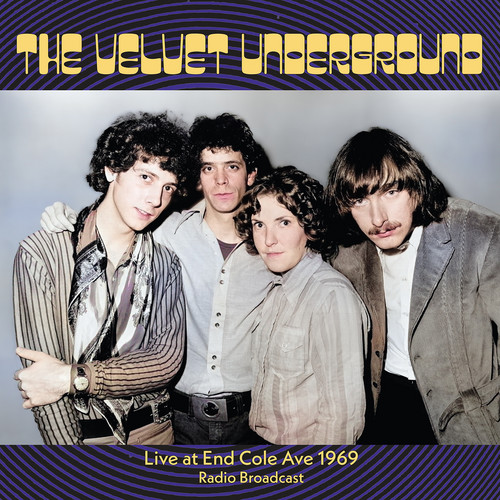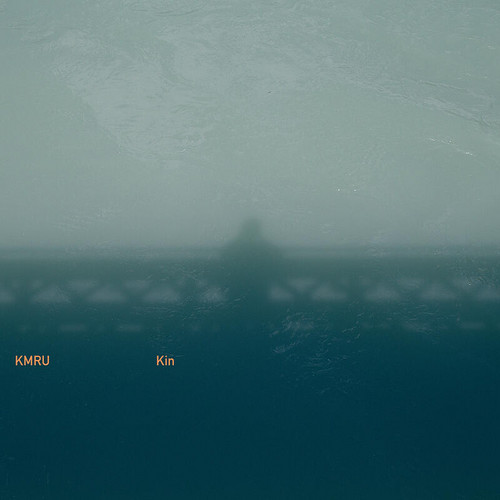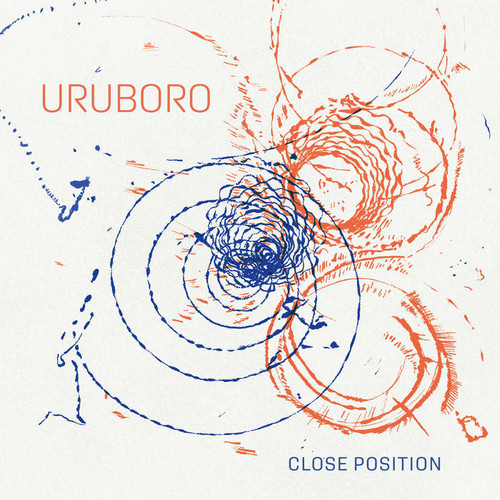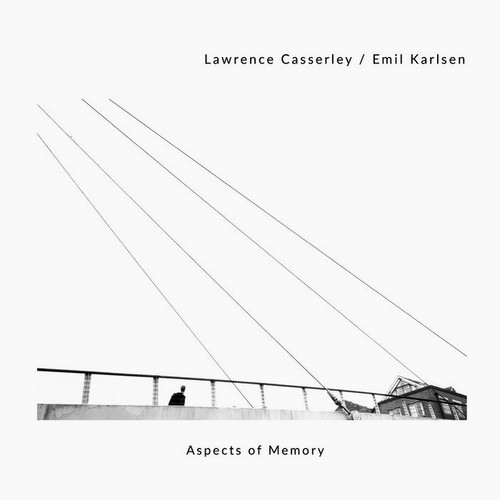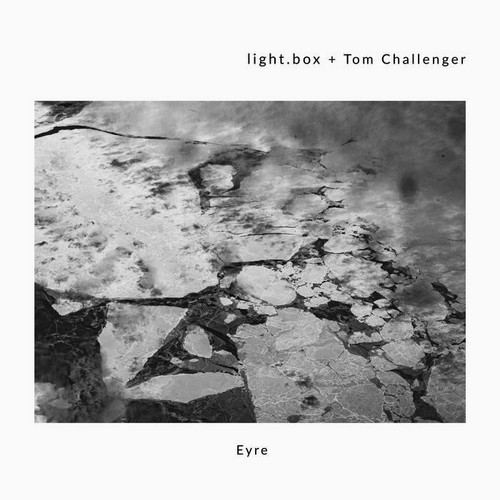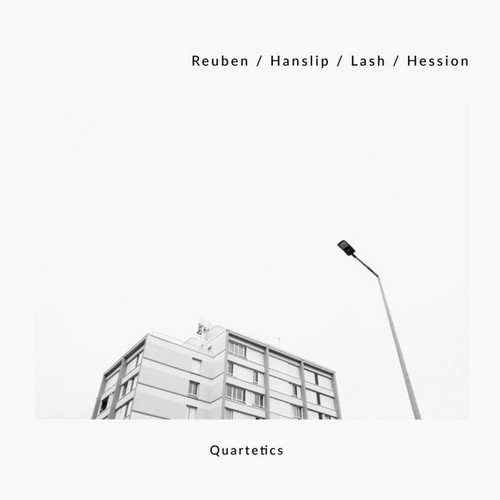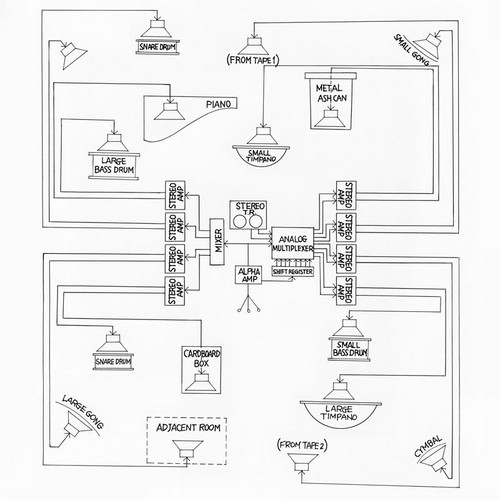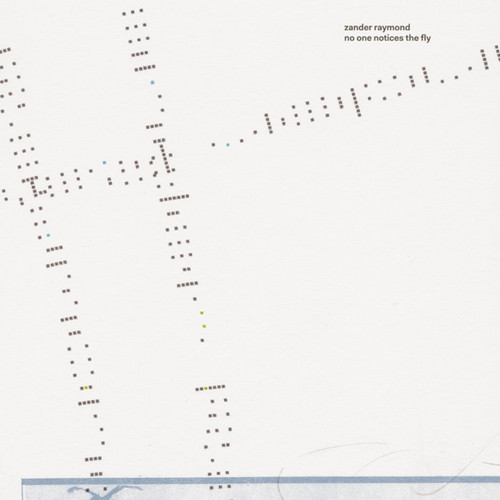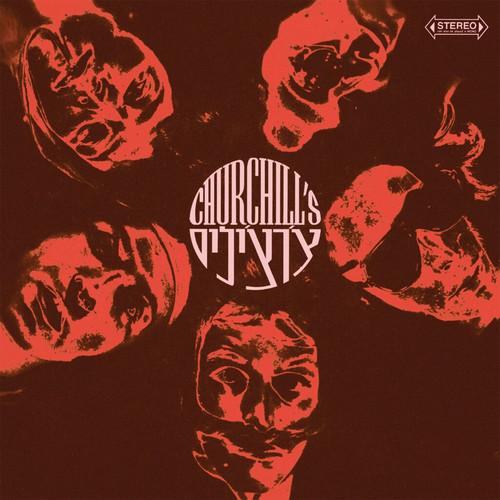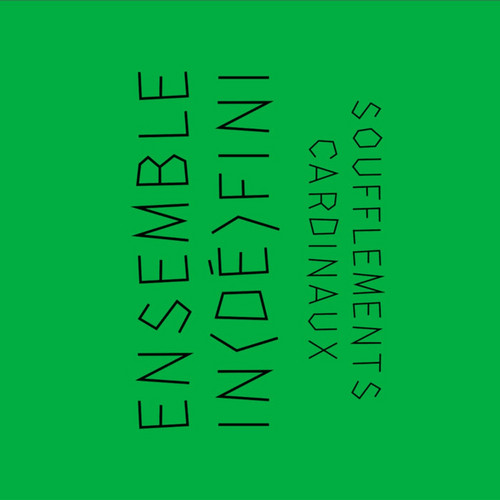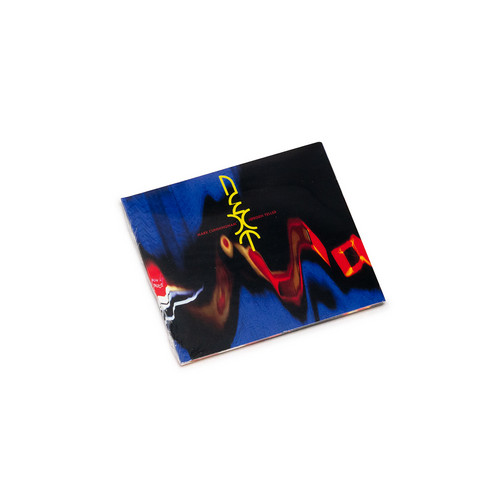New Arrivals
Nebula
Following his first album Footprint on ato.archives, this new release marks the second solo work by Tomonao Koshikawa. In it, he presents the results of his fifty-year exploration of drone music.
Tomonao Koshikawa is a Japanese musician playing experimental, jazz and rock, Indian classical music and Kanze school Noh theater songs. He studied with Takehisa Kosugi in 1975 and joined legendary improvisation group East Bionic Symphonia and he is a member of Marginal Consort.
Kokai
Kishun is a duo: Ishikawa Ko, player of the shō (mouth-organ), and Nakamura Kahoru, player of the gaku-biwa (Japanese court lute). Since 2015 they have used only shō and biwa. Their idea is to bring out the hidden sound in what they call “gagaku without melody.”. Gagaku is the ancient court music of Japan. It is more than a thousand years old. In the Heian period, nobles gathered old songs and dances from Japan and pieces that had come from Korea and China between the 5th and 9th centuries, and …
Kind of Blue
Listed as one of the four most influential Jazz albums that happened to be released in 1959 (Dave Brubeck -Time Out & Charles Mingus -Ah Um among them), so much has been said and written about Miles Davis'Kind Of Blue, it's virtually impossible to summarize all the necessary info to the length of this page. We could simply list some facts (best sold Jazz album ever worldwide). We could try to explain why it's the best Jazz album ever made, but the music itself will do that to you.
As Bill Evans …
Mating Call
Experience a remarkable session led by the legendary pianist and composer Tadd Dameron, recorded in 1956 and featuring the young lion John Coltrane, fresh from his tenure with Miles Davis. Mating Call is a solid and often overlooked gem showcasing six powerful and beautiful Dameron compositions. Performed by an impeccably tight quartet, the album features John Simmons on bass and Philly Joe Jones on drums, complementing Dameron’s distinctive bass-heavy piano style. This foundation offers a rich …
Prophecy
*328 copies limited edition* Prophecy finds Eye in form familiar to those who've had the good fortune to hear their 2016 album Other Sky, but even more compacted and condensed, a band simmered and reduced to their pure essence. And then the volume increases. Prophecy is a pummeling din of guitar clouds shot through with electronic disruption. Stapleton's relentless motion drives Porteous' icy guitar streams in leaping waves. 'Catch Them' opens the album with Peter's vocals, croaking out from the…
Black Ships
*333 copies limited edition* As Stapleton's illness progressed over his last years, instead of lamenting what doors had closed to him, Stapleton with the truest, highest understanding of what free improvisation suggests, asked himself what doors remained open and walked through them. Stapleton entered a grand tradition of master improvisers for whom changes in physical ability were approached with the same practical acuity that a great improviser approaches their instrument with every time they …
Live at End Cole Ave 1969
In March 1969, the Velvet Underground, featuring Doug Yule now on bass, launched a nationwide tour that captured a pivotal moment in rock history. Among those dates was a memorable engagement at Dallas’ "End Of Cole Avenue" club—one of the rare live shows professionally recorded with a sound engineer on site. Previously, selections from these performances appeared in 1974 on the 1969: Velvet Underground Live album, but the sound was hampered by the use of third- or fourth-generation tapes, limit…
Kin
Editions Mego welcomes KMRU back to the fold. Kin is Kenyan born, Berlin based, sonic wizard Joseph Kamaru’s second release on Editions Mego, following on from the classic 2020 release Peel. Since the release and subsequent praise for Peel, the artist has been a staple on the electronic scene performing on numerous stages and festivals worldwide in tandem with a flood of media recognition. Kin could be construed as the second child following Peel. The project came out of initial discussions with…
Close Position
The concept is therefore to propose an immersive type of listening, in which the rather extended durations of sustained and seemingly static sounds create a certain tension generated by the anticipation of variation.
The live performance involves the use of samples, as the composed balances require multiple timbral layers to be active simultaneously. The closeness in pitch and the mimicry between instruments highlight the psychoacoustic phenomenon of beating: in fact, our auditory sy…
Aspects Of Memory
Aspects of Memory is the first meeting between Lawrence Casserley (signal-processing instrument) and Emil Karlsen (percussion). Casserley has devoted his professional career to the creation and performance of real-time electroacoustic music, culminating in the development of his own unique device—The Signal Processing Instrument. This instrument allows him to use physical gestures to control the processing and to direct the morphology of the sounds.
Casserley writes: “A key element of the Signal…
Eyre
For their fourth album, and second release on Bead, light.box augments the duo of Alex Bonney (trumpet, electronics) and Pierre Alexandre Tremblay (bass guitar, electronics) with a special guest, Tom Challenger on tenor saxophone.The album explores a vast range of textures and dynamics from cinematic ambient drones to delicate timbral and microtonal explorations, from fast-paced dialogues to invasive waves of distortion. The rapport between the musicians has developed over years of playing toget…
Quartetics
"Quartetics" captures a unique encounter between four seasoned improvisers, who first came together in this quartet formation on May 15, 2019. Although new in this configuration, these musicians share extensive collaborative histories: Lash has longstanding collaborations with Reuben and Hanslip, while Hession, Reuben, and Hanslip had already performed and recorded as a trio. The album explores the idea of "The Quartet"—specifically, this configuration of tenor saxophone, laptop, double bass, an…
Appearance/Music for Solo Performer
Big tip! Beyond Rare! These historical recordings of a 1967 concert at Hope College in Michigan involving John Cage, Toshi Ichiyanagi and David Tudor, performing compositions by Ichiyanagi and Alvin Lucier, were recently discovered in an archive in Japan. The Lucier piece, "Music for Solo Performer", was the first musical composition to utilize human brainwaves; this 1967 performance, released here for the first time, is an early realization of the piece, featuring Tudor, Ichiyanagi and Lowell C…
No One Notices the Fly
On No One Notices the Fly, Zander Raymond turns marginal sounds into the main event, building fragile songs from scraps, glitches and room tone. Fourteen pieces drift between collage, improvisation and diaristic field recording, inviting the ear to lean closer until the smallest sonic twitch feels like a full emotional weather system.
Churchills
Cut in 1969, this self-titled album feels like the first fully immersive psychedelic rock statement from its own scene. At a time when local airwaves were ruled by polite pop and lightweight fare, Churchills arrived riding waves of fuzz and twisting studio gear to its limits. The lineup itself tells the story. Frontman Stan Solomon brought a raw, soulful presence; guitarist Robb Huxley carried deep experience of the classic rock songbook, its riff language and studio tricks. Alongside them, guit…
Soufflements Cardinaux
Soufflements Cardinaux invites the listener into a cartography of breath: Ensemble In(dé)fini map the four directions through extended techniques, hushed noise and prismatic overtones. Winds, strings and electronics trace invisible weather systems, turning each exhalation into a fragile, shifting architecture of sound.
Next
CD version. "While they have collaborated a good many times, Next is the first recorded evidence of Danish guitarist (or more properly Bastardist) Jørgen Teller playing with American ex-pat multi-instrumentalist Mark Cunningham. The pair both have long histories on the fringes of known sounds. I first heard Teller as a member of the dizzily freakoid Tzarina Q Cut and Cunningham's decades of musical adventurism with Mars, Don King, Bestia Ferida, Blood Quartet, etc. have been well documented, not…
Engravings
Created by electronic producer and composer Matthew Barnes, and originally released via Tri Angle Records, 'Engravings' received instant acclaim from the likes of Resident Advisor, Pitchfork, The Guardian and saw Barnes take his hypnotic live show across festivals like Sonar, Glastonbury, Unsound and Le Guess Who.
While much of British electronica is defined by its inner cities, 'Engravings' was recorded in Barnes' hometown on the banks of an ancient river in Merseyside, the album's earthy, orga…
Impending Divulgence
Startled out of a nightmare, words and melodies echo – emissaries of the Tempted Dissident. Minimalist analogue electronics and haunting vocal lines emerge from the darkness and get caught in the folds of the brain. That’s how you might feel after listening to the fourth album by Te/DIS. The clarity of the electronics and vocals does not fail to make an impact. With this release, Te/DIS continues the sonic path laid out by the previous albums, shaping a body of work whose internal coherence is a…
Déjà Si Mort
Déjà si mort is a manifesto of inconsolability. The eponymous title track is deeply moving. At its core lies a female voice of disarming authenticity, permeable and vulnerable. This creates an immense emotional density: pain that is not staged, but lived. This is underpinned by throbbing analogue drums, whose stoic pulse carries the almost liturgical synthesizer motif. The second track responds in its own way. And in general, Distoromance do things their own way – they sound like no one else.
